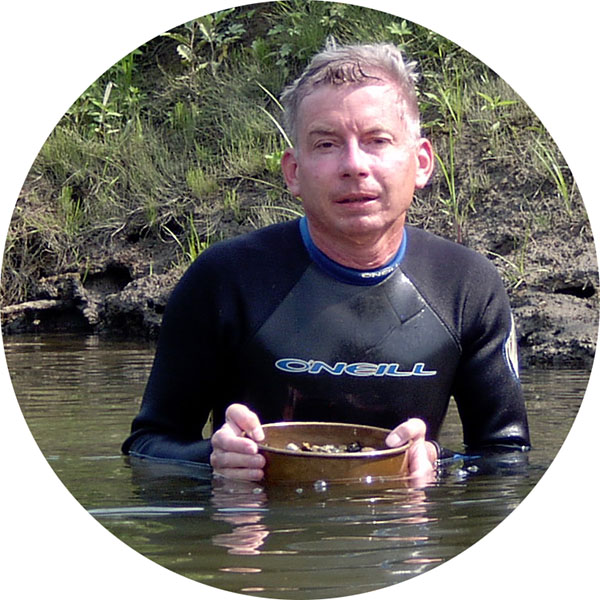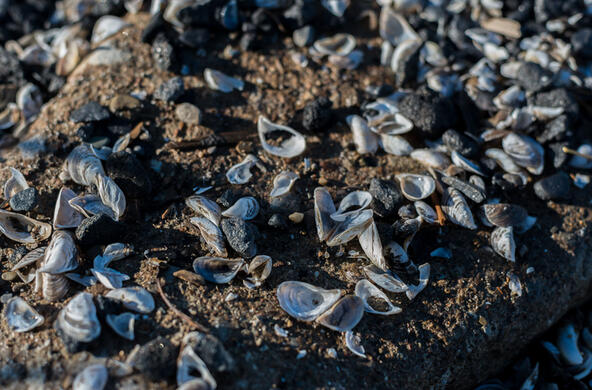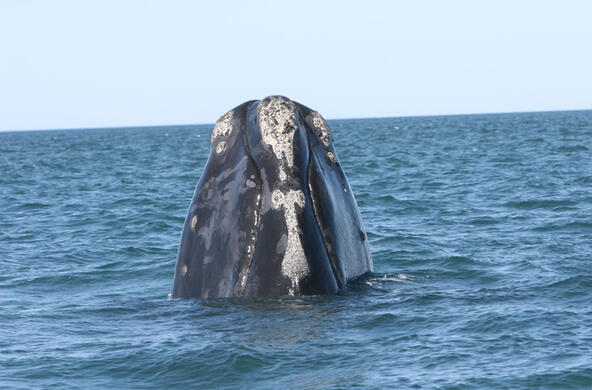Thank you for the opportunity to talk with you today about invasive species. I am David Strayer, a Senior Scientist at the Cary Institute of Ecosystem Studies, an independent ecological think-tank in Millbrook, New York. I have a Ph.D. in Ecology and Evolutionary Biology from Cornell University, and have been doing research on freshwater ecology, conservation ecology, and invasive species for more than 30 years. I have published more than 100 scientific articles on these subjects, and was elected as a Fellow of the American Association for the Advancement of Science in 2002 in recognition of these contributions.
Invasive species are one of the largest environmental problems facing us today
Humans have carelessly moved thousands of species outside their native ranges through activities such as transfer of ballast water, release of pets and bait, movement of untreated wood, escapes from agriculture and aquaculture, and deliberate release of species that we thought to be beneficial. Many of these species have had large, unwanted impacts on ecosystems, economies, and human health. We don’t have a good comprehensive accounting of the total effects of invasive species in New York, the United States, or the world. However, we do know that invasive species are one of the most important ways that humans are changing ecosystems all around the world, that they cause enormous economic damages (estimated to be more than $100 billion per year in the United States alone), and that they harm and kill Americans every year. We also know that New York is one of the most heavily invaded parts of the world, and suffers disproportionately from the impacts of invasive species.
Invasive species can cause large changes to our ecosystems
Even a single invasive species can turn an ecosystem upside-down. Let me illustrate this point by describing how the zebra mussel changed the Hudson River. Our research group has been studying the Hudson continuously since before zebra mussels arrived, so we have good measurements of zebra mussel impacts. Zebra mussels are small mollusks native to Europe that came into North America in the mid-1980s, probably in untreated ballast water. They first appeared in the Hudson in 1991, and by the end of 1992 had reached a population of 550 billion animals. This population weighed more than the combined weight of all other animals (fish, zooplankton, insects, native shellfish, etc.) in the river. Zebra mussels have remained abundant since then. Zebra mussels are filter-feeders, and the huge population in the river filtered a volume of water equal to all of the water in the Hudson every 1-4 days. As a result, the amount of plankton in the river dropped by 80%. Because plankton is one of the important foundations of the food web, many other species were affected. For example, 1000 tons of fish food disappeared (this amounts to half of all the fish food in the river). One result of this was that the number and growth rate of Atlantic shad dropped substantially. This fish is doing so poorly that the historically important commercial and recreational fisheries for this species were closed for the first time ever in 2010, and the zebra mussel has just added to its problems. Zebra mussels changed nearly everything that our group measures about the Hudson – water chemistry, water clarity, and the populations of many other plants and animals in the river. Humans have done many things to the Hudson over the years, but it is hard to argue that any had a greater impact on the ecosystem than the introduction of this one invader.
New York is filled with invasive species and receives more every year
The zebra mussel is not the only species that humans have brought into the Hudson. A study led by Professor Edward Mills of Cornell University found that the fresh waters of the Hudson River basin contain more than 120 non-native species. Six or seven new species arrive each decade. Just in the past few years, we’ve seen snakehead fish, hydrilla plants, Chinese mitten crabs, and Asian clams appear in the Hudson basin, all species capable of ecological and economic harm.
And it’s not just the Hudson that’s being invaded – every assembly district in the state now suffers economic and ecological damage from established invaders, and is endangered by new invaders waiting at the doorstep. New Yorkers living in cities and suburbs probably will pay billions of dollars to remove and replace ash trees killed by the emerald ash borer, communities along the Great Lakes and Finger Lakes are seeing valuable fish killed by viral hemorrhagic septicemia, the autumn tourist and maple sugaring industries are imperiled by the spread of the Asian long-horned beetle, our farmers have to deal with stink bugs, and plum pox, and now wild boars, hundreds of New Yorkers have been sickened and dozens killed by the West Nile virus, and so on and so on.
There are many good opportunities to reduce the spread and impacts of invasive species
There is no good reason why we should continue to endanger our ecosystems, our economy, and our health by continuing to allow invasive species to move freely around the globe. It is often said that species invasions are an inevitable consequence of globalization. I suppose that is true, in the same sense that pollution is an inevitable consequence of industrialization. But just as we know that we can have careless industrialization with a lot of pollution or careful industrialization with little pollution, we can have globalization with many damaging species invasions, or globalization with a few damaging species invasions. And just as we have learned for pollution, it is usually much cheaper to prevent problems with invaders than to clean them up after they occur.
We have many good tools to reduce the movement and impacts of invasive species, but we need to use them. We can treat ballast water, keep potentially harmful species out of the pet, horticulture, and aquaculture trades, stop moving untreated wood, better inspect our ports of entry, and educate the public. Here in New York, we have made a good start with the Invasive Species Council, the Office of Invasive Species Coordination, and the programs they oversee, but these programs have too few people and too little money to take advantage of all of the good opportunities we have today to better manage invasive species.
I worry that our children and grandchildren will some day look out onto a world filled with undesirable and unmanageable invasive species, as they pay bills for problems that we created, and wonder why we did so little when we understood very well that invasive species were a problem and had the tools to stop them. Why are we doing so little?
Thank you for your attention.

Summary of the effects of the zebra mussel invasion on the Hudson River ecosystem. The area of each box is proportional to the change in each component that was associated with the zebra mussel invasion; boxes with thick edges and bold type show increases and boxes with thin edges and italic type show decreases (from Strayer, D.L. 2009. Twenty years of zebra mussels: lessons from the mollusk that made headlines. Frontiers in Ecology and the Environment 7: 135-141.)

Cumulative number of non-native species in the fresh waters of the Hudson River basin as a function of the date at which they were first detected. Updated from Mills, E.L., D.L. Strayer, M.D. Scheuerell, and J.T. Carlton. 1996. Exotic species in the Hudson River basin - a history of invasions and introductions. Estuaries 19: 814-823.







